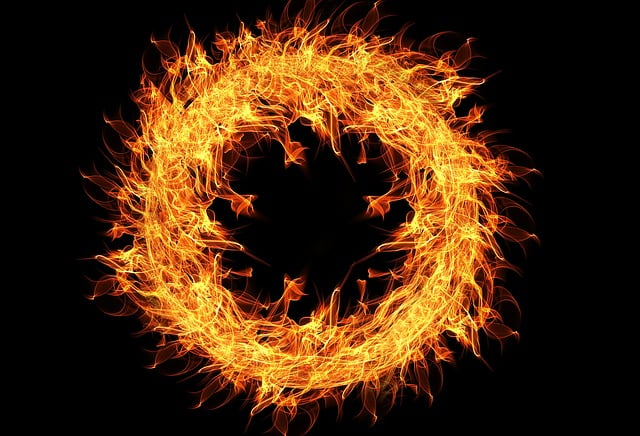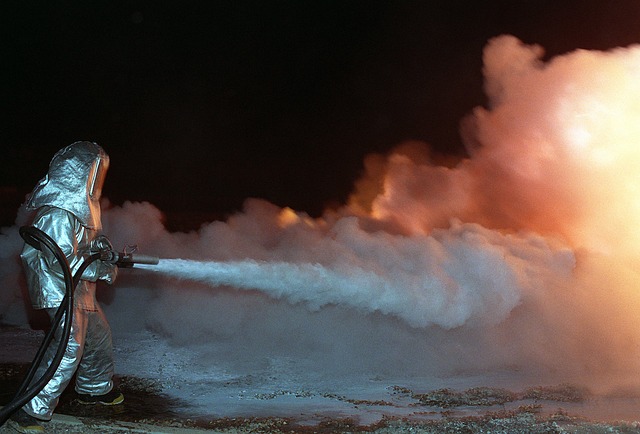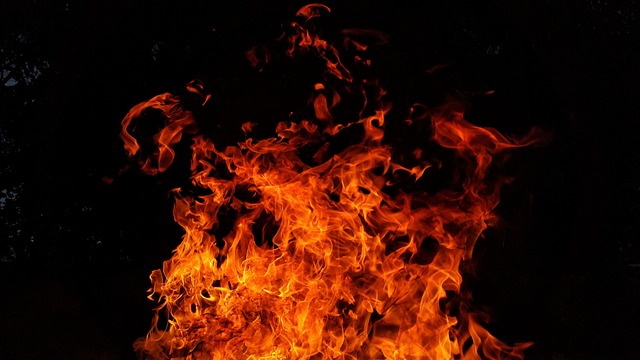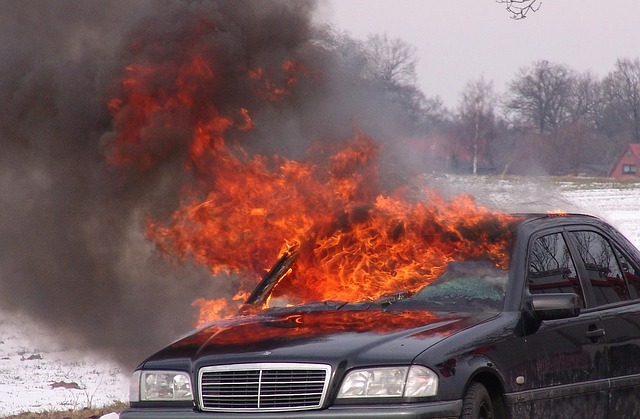Fire damage in Texas homes can leave harmful residues and pollutants affecting indoor air quality. To protect health and facilitate insurance claims, Texas homeowners should address smoke-contaminated air using efficient air purification systems with advanced filters or ionization. Understanding the importance of these systems is key for navigating fire damage insurance claims, supporting restoration efforts, and potentially streamlining reimbursements. Documenting damage with photos/videos, contacting insurers promptly, providing detailed information, and understanding policy specifics regarding smoke damage and air purifier replacement are crucial tips for Texas homeowners.
Smoke damage from fires can leave a lingering impact on indoor air quality, affecting both health and comfort. This article guides Texas homeowners through essential steps after a fire, focusing on the critical role of air purification systems in restoration. We’ll explore how these systems mitigate smoke-related health risks and provide fire damage insurance claim tips to ensure proper replacement under Texas homeowner policies. Understanding these processes is key to a healthier, safer home environment post-fire.
- Understanding Smoke Damage and Its Impact on Indoor Air Quality
- The Role of Air Purification Systems in Fire Damage Restoration
- Navigating Insurance Claims for Air Purifier Replacement in Texas Homeowner Policies
Understanding Smoke Damage and Its Impact on Indoor Air Quality

Smoke damage from a fire can leave behind harmful residues and pollutants, significantly impacting indoor air quality. When a fire occurs, it not only burns visible materials but also releases a complex mix of gases, particles, and chemicals into the air. These include carbon monoxide, volatile organic compounds (VOCs), and fine particulate matter that can be difficult to remove without proper air purification methods. Texas homeowners with fire damage often find themselves navigating insurance claims, and understanding the extent of smoke damage is crucial in this process.
Fire damage insurance claim tips for Texas residents suggest addressing smoke-contaminated air as a priority. Left unchecked, smoke contaminants can lead to various health issues, such as respiratory problems and allergies. Efficient air purification systems designed to mitigate smoke damage are essential tools for improving indoor air quality after a fire. These systems use advanced filters, ionization, or other technologies to capture and eliminate airborne pollutants, ensuring safer and healthier living environments for homeowners dealing with the aftermath of a fire.
The Role of Air Purification Systems in Fire Damage Restoration

After a fire, smoke damage can linger long after the flames are extinguished. This is where air purification systems come into play as essential tools in Texas homeowners’ fire damage restoration arsenal. These systems are designed to remove not only visible soot but also microscopic particles and odors associated with smoke, ensuring a safer, healthier environment.
For Texas homeowners navigating fire damage insurance claims, understanding the importance of efficient air purification is crucial. By investing in high-quality air purifiers, you can significantly enhance the air quality in your home, which is not only beneficial for your well-being but also supports the overall restoration process. This proactive step can ensure that when assessing the damages for an insurance claim, the impact of smoke is minimized, potentially leading to a smoother and faster reimbursement process.
Navigating Insurance Claims for Air Purifier Replacement in Texas Homeowner Policies

Navigating an insurance claim for air purifier replacement after smoke damage can be a complex process, especially for Texas homeowners. The first step is to thoroughly document the fire and smoke damage using photographs and videos. This visual evidence will be crucial when submitting your fire damage insurance claim tips for Texas homeowners. Contact your insurance provider promptly to report the incident and begin the claims process. They will guide you through the necessary steps, which may include filing a formal claim, providing detailed information about the damage, and arranging an inspection.
It’s important to understand the specifics of your Texas homeowner policy regarding smoke damage and air purifier replacement. Many policies cover repairs or replacements related to fire damage, but the scope of coverage varies. Review your policy documents carefully or consult with your insurance agent to confirm what is covered. When submitting your claim, include a detailed list of items needing replacement, including air purifiers, along with their estimated costs. Keep records of all communications and documentation related to your claim for future reference.
Smoke damage from a fire can significantly impact indoor air quality, leading to health issues and reduced comfort. Air purification systems play a vital role in fire damage restoration by removing harmful particles and odors. For Texas homeowners dealing with smoke damage, understanding your insurance policy is crucial. When filing a fire damage insurance claim, be sure to consult with your insurer about replacing air purifiers as part of the restoration process. With the right knowledge and tips for navigating claims, you can ensure your home returns to a safe and healthy environment after a fire incident.
